Veiled Chameleon
- January 5, 2024
- 0 comment
The Veiled Chameleon, scientifically known as Chamaeleo calyptratus, is a captivating reptile renowned for its striking and vibrant appearance. Hailing from the mountainous regions of Yemen and Saudi Arabia, these chameleons are recognized for their unique ability to change color. Their distinctive casque, resembling a helmet, adds to their allure. Veiled Chameleons are not only visually stunning but also possess intriguing behaviors, making them a popular choice among reptile enthusiasts.
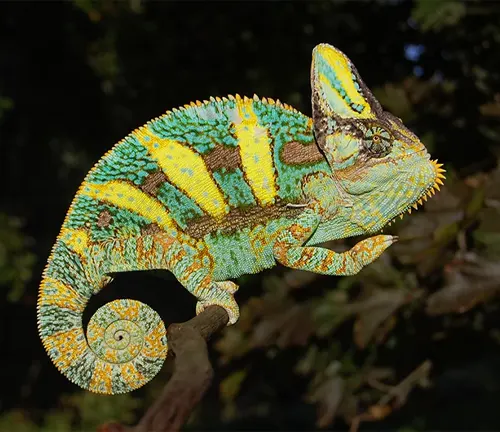
As arboreal creatures, they thrive in well-ventilated vivariums with ample climbing opportunities. One of the most fascinating aspects of Veiled Chameleons is their color-changing ability, which they employ for communication and thermoregulation. While their appearance is undoubtedly mesmerizing, understanding their habitat, diet, and social behaviors is crucial for providing optimal care. As captivating as they are, Veiled Chameleons require committed and informed ownership to thrive in captivity, offering enthusiasts a unique and rewarding reptile-keeping experience.
| Specification | Details |
|---|---|
| Scientific Name | Chamaeleo calyptratus |
| Native Habitat | Yemen, Saudi Arabia (mountainous regions) |
| Size | Adult males: 17-24 inches; females: slightly smaller |
| Lifespan | 5-7 years (with proper care) |
| Coloration | Varied, including greens, blues, and yellows |
| Distinctive Feature | Helmet-like casque on the head |
| Behavior | Solitary, territorial, and known for color-changing |
| Diet | Insects (crickets, mealworms, silkworms), occasional vegetation |
| Habitat Type | Arboreal, requires a well-ventilated vivarium with climbing structures |
| Temperature Range | Basking: 85-95°F; Ambient: 70-80°F |
| Humidity Level | 50-70%, higher during shedding |
| UVB Lighting | Essential for calcium metabolism |
| Reproduction | Oviparous (lays eggs), gestation period of 4-6 weeks |
| Legal Considerations | Check local regulations for ownership restrictions |
A Colorful Marvel of Nature
The world of reptiles boasts a stunning array of creatures, each with its unique charm and characteristics. Among them, the Veiled Chameleon (Chamaeleo calyptratus) stands out as a true marvel of nature. In this article, we’ll explore the intricacies of caring for these enchanting creatures, understanding their behavior, and addressing common misconceptions.
Physical Characteristics: The Art of Camouflage
Veiled Chameleons are renowned for their ability to change color, a skill primarily used for communication and thermoregulation. Their distinctive casque, or helmet-like crest, adds to their visual appeal, making them a sought-after species among reptile enthusiasts.
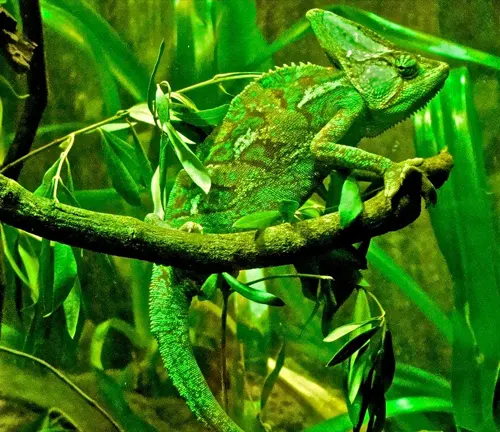
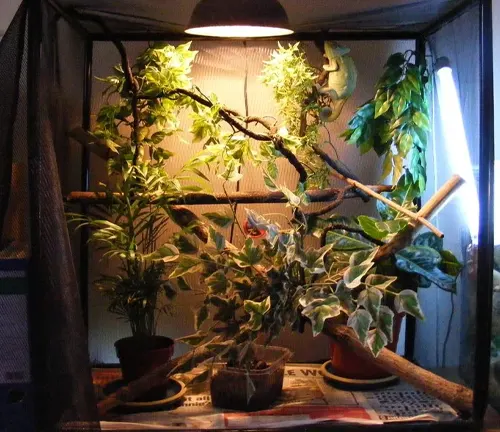
Habitat and Enclosure: Creating the Perfect Home
Creating an environment that mimics the Veiled Chameleon’s natural habitat is crucial for their well-being. A well-ventilated vivarium with ample branches for climbing, a basking spot with UVB lighting, and proper temperature and humidity levels are essential for a thriving chameleon.
Diet and Feeding Habits: A Culinary Adventure
Feeding a Veiled Chameleon involves a variety of insects, such as crickets, mealworms, and silkworms. However, ensuring these insects are gut-loaded with nutritious food is equally vital. A well-balanced diet contributes to the chameleon’s overall health and vitality.
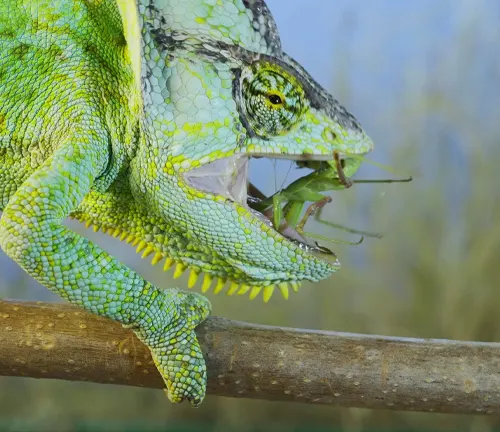
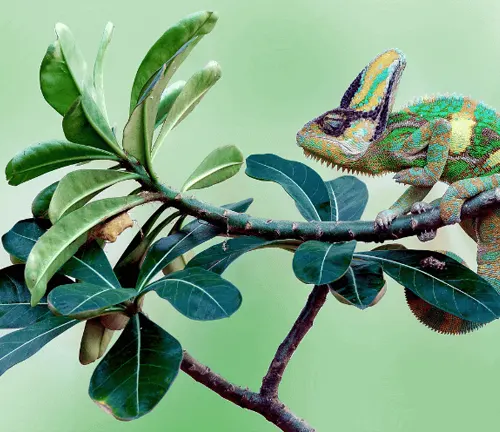
Behavioral Traits: Understanding Their Quirks
Veiled Chameleons are known for their solitary nature and territorial behavior. While they may not be the most social pets, understanding their behavioral traits can help create a stress-free environment. Care should be taken when introducing them to other chameleons, as territorial disputes can arise.
Reproduction: The Circle of Life
Mating behaviors in Veiled Chameleons are fascinating to observe. Proper care for pregnant females and the arrival of newborns involves meticulous attention to environmental conditions and nutrition. Ensuring a safe and comfortable nesting area is crucial for the well-being of both mother and offspring.
Common Health Issues: Recognizing the Signs
Being vigilant about signs of illness is paramount. Respiratory infections, metabolic bone disease, and parasites are common health issues that can affect Veiled Chameleons. Regular veterinary check-ups and a well-maintained habitat are essential preventive measures.
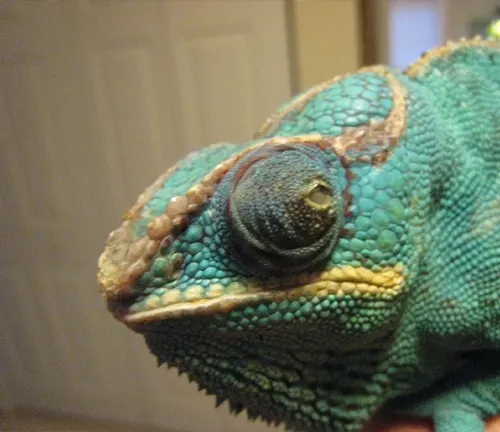
Handling and Interaction: Treading Lightly
While Veiled Chameleons may not crave human interaction, gentle handling is possible with proper techniques. Overhandling, on the other hand, can cause stress. Understanding the chameleon’s limitations and creating a secure environment for handling is key.
Legal Considerations: Responsible Ownership
Before bringing a Veiled Chameleon into your home, be aware of local regulations regarding ownership. Additionally, ethical considerations, such as avoiding wild-caught specimens and supporting reputable breeders, contribute to responsible ownership.
Educational and Conservation Efforts: Advocating for Chameleons
Educating Veiled Chameleon owners is essential for their well-being. Additionally, supporting conservation initiatives aimed at protecting their natural habitats ensures a sustainable future for these captivating creatures.
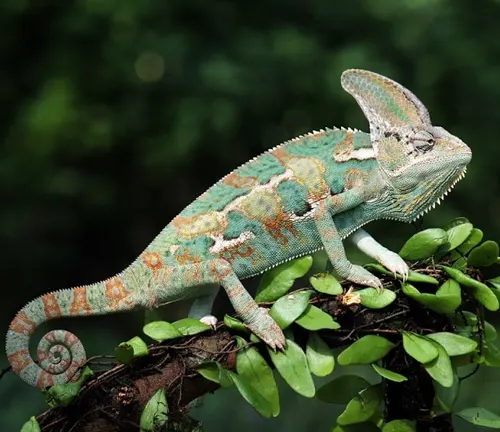
Myths and Misconceptions: Separating Fact from Fiction
Dispelling myths and addressing common misconceptions about Veiled Chameleons is vital. From their supposed fragility to misconceptions about color-changing abilities, understanding the truth behind these myths contributes to better care practices.
Growth and Lifespan: A Journey Through Stages
Veiled Chameleons go through distinct stages of growth, from hatchlings to adults. Understanding these stages and providing appropriate care at each phase ensures a healthy and fulfilling life for your chameleon companion.
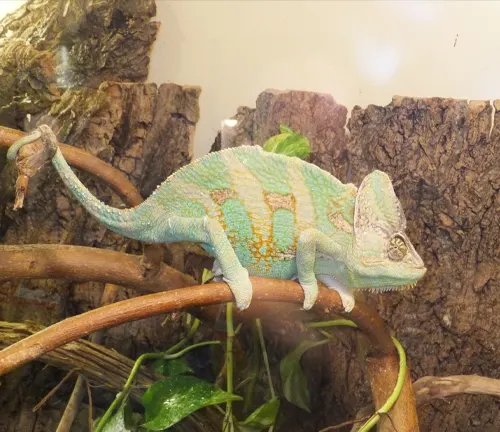
Different Species

Jackson’s Chameleon
(Trioceros jacksonii)
Native to East Africa, Jackson’s Chameleon is recognized for its three horns on its head and distinct coloration.
Panther Chameleon
(Furcifer pardalis)
Originating from Madagascar, the Panther Chameleon is celebrated for its vibrant and diverse color patterns.
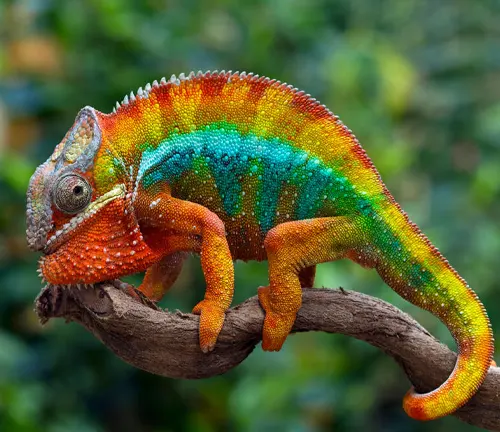
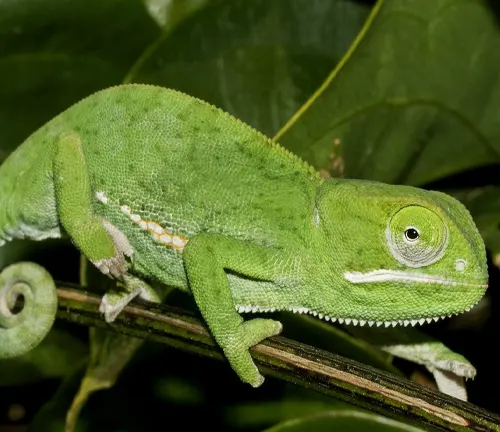
Senegal Chameleon
(Chamaeleo senegalensis)
Found in West Africa, the Senegal Chameleon is known for its small size and adaptable nature.
Parson’s Chameleon
(Calumma parsonii)
Also from Madagascar, the Parson’s Chameleon is one of the largest chameleon species, boasting a striking appearance.
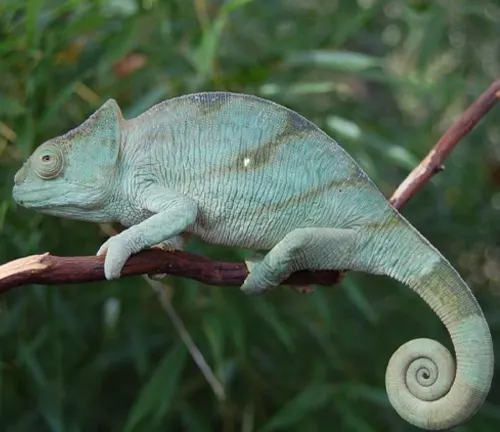
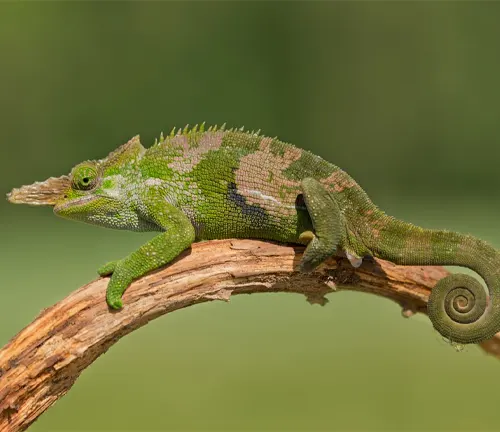
Fischer’s Chameleon
(Kinyongia fischeri)
Indigenous to Tanzania and Kenya, Fischer’s Chameleon is characterized by its long, slender body and unique coloration.
Frequently Asked Questions (FAQs)
- What size enclosure does a Veiled Chameleon need?
A spacious vertically-oriented vivarium is recommended, with dimensions around 2 feet by 2 feet by 4 feet for adults. - How important is UVB lighting for Veiled Chameleons?
UVB lighting is crucial for their health, aiding in calcium metabolism. Ensure the light is replaced regularly. - Can Veiled Chameleons be handled?
While they can be gently handled, Veiled Chameleons are not typically social animals. Limit handling to avoid stress. - How do I maintain humidity in the enclosure?
Mist the enclosure regularly, especially in the morning. Using live plants and a proper substrate can also help retain moisture. - Are there specific plants safe for a Veiled Chameleon enclosure?
Yes, non-toxic plants like Ficus, Hibiscus, and Pothos are safe and provide climbing opportunities. - What is gut-loading, and why is it important for their diet?
Gut-loading involves feeding insects nutritious foods before offering them to your chameleon. It enhances the nutritional content of their diet. - Do Veiled Chameleons need a water bowl?
While they may not drink from a bowl, misting the enclosure provides necessary hydration. Some chameleons may drink droplets directly. - At what age do Veiled Chameleons reach sexual maturity?
Veiled Chameleons typically reach sexual maturity between 6 to 9 months, but it can vary based on individual development. - What are the signs of a healthy Veiled Chameleon?
Clear eyes, vibrant colors, active movement, and regular feeding are indicators of a healthy chameleon. - How do I create a basking spot in the enclosure?
Use a heat lamp to create a basking spot, ensuring the temperature ranges from 85-95°F for optimal thermoregulation. - Can I keep Veiled Chameleons in groups?
It’s generally advisable to keep them individually, as they can be territorial and may exhibit aggressive behaviors in groups. - What is the lifespan of a Veiled Chameleon in captivity?
With proper care, Veiled Chameleons can live around 5 to 7 years in captivity, although individual lifespans may vary.







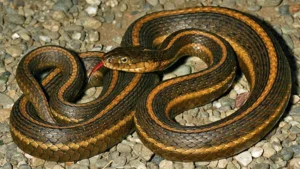




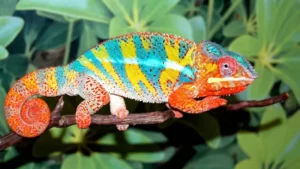
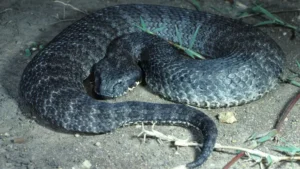
Leave your comment